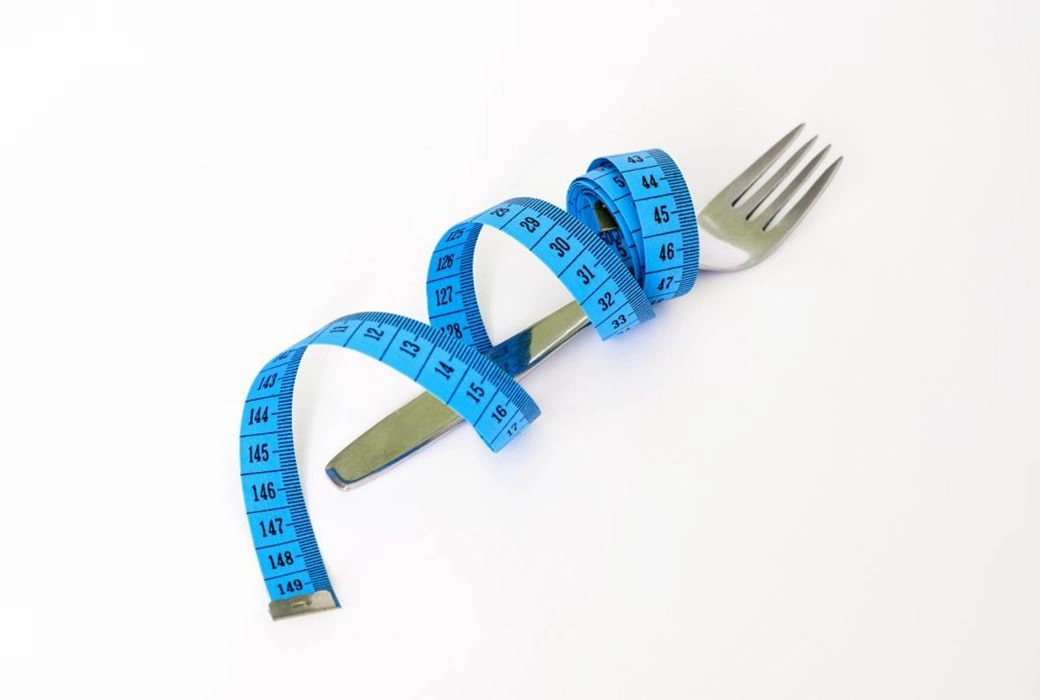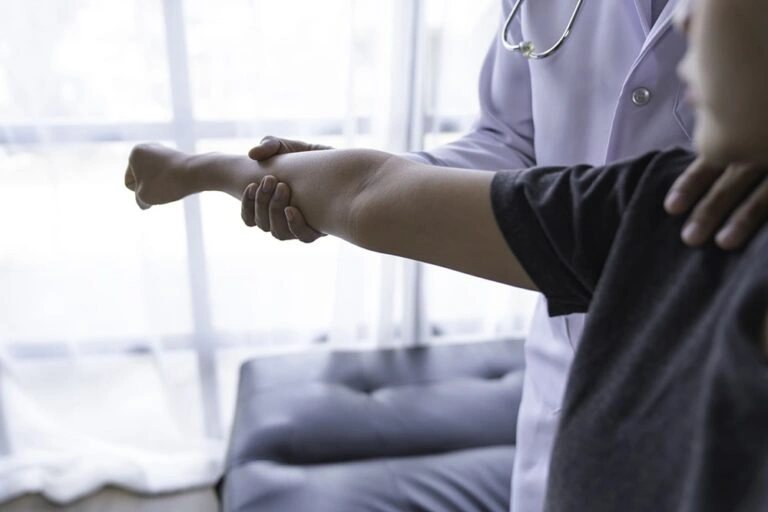According to the National Eating Disorder Association, up to 20 million American women and 10 million American men suffer from an eating disorder at some time in their life. Experts believe that 10 to 15% of all Americans suffer from an eating disorder that is considered serious.
Serious eating disorders are the most dangerous types of psychiatric disease. This type of disorder has a mortality rate of up to 20% for individuals who don’t receive treatment. That’s higher than major depression or any other type of mental illness.
Although these statistics are scary, sufferers of eating disorders should know that there is hope. The sooner an individual recognizes that he or she has an eating disorder, the sooner they can seek help. Early intervention and treatment hugely improve the chances of recovery.
But unlike other types of illnesses, eating disorders aren’t always easy to recognize. You or a loved one might have an eating disorder without even realizing it.
There are a number of key warning signs that can help you spot an eating disorder in yourself or in someone you care about. Take a look at this list of indicators for the most common types of eating disorders: anorexia nervosa and bulimia nervosa.
1. Withdrawal from friends and family.
When a friend or family member tries to bring up their concern regarding someone’s eating habits, that person may feel attacked. They may try to avoid the person who expressed concern or cut off contact as much as possible.
2. Exercising compulsively.
Individuals with eating disorders might have rigorous exercise routines, often exercising for several hours every day. This may include exercising in bad weather or while injured.
3. Evidence of binge eating.
Family members might find food disappearing from the fridge or pantry, or large amounts of wrappers or food trash building up suddenly. Individuals who binge may also hoard food in preparation of binging.
4. Visibly underweight.
In many cases, individuals with an eating disorder will try to hide the extent of the problem. However, they may still have a noticeably emaciated appearance, with bones protruding and a sunken look to their face.
5. Self-esteem issues.
Self-esteem can be both a cause and a warning sign of an eating disorder. People who frequently express dissatisfaction with their appearance or weight (even if they are already at or below a healthy weight) may be suffering from disordered eating habits.
6. Patterns or rituals surrounding food.
Individuals with an eating disorder might insist on eating a very limited variety of foods. They might habitually rearrange food on the plate, cut up food into small pieces before eating it, or engage in other uncommon eating behaviors.
7. Repetitive or obsessive “body checking” behavior.
Eating disorders are based on unrealistic perceptions or beliefs about body image. As a result, individuals with an eating disorder often develop body checking rituals as a way to measure their “progress.” This might include spending an excessive amount of time looking in the mirror, frequently using a scale to check their weight, or repeatedly pinching their waists or arms.
8. Irregular or skipped periods.
Sudden weight loss and other changes in body chemistry can affect menstruation. Women who suffer from bulimia or anorexia may experience irregular periods, or they may stop having periods altogether.
9. Denial of hunger.
People suffering from an eating disorder may frequently deny that they want to eat or are hungry. They might claim that they’ve already eaten, that they ate a big breakfast, or that they have an intolerance or allergy to a particular food.
10. Swollen cheeks or jawline, calloused knuckles, or damage to teeth.
These are possible indicators of frequent vomiting. Recently developed gum disease or tooth wear is a warning sign of bulimia. Swollen salivary glands due to purging behavior may create the appearance of “chipmunk cheeks.”
11. Avoiding situations that involve food or meals.
To hide their disorder, many individuals will strategically avoid eating with other people. This can involve skipping family meals, declining invitations to eat out with friends, and otherwise staying away from any social events where there will be food.
12. Developing a covering of fine body hair.
In some cases, people with an eating disorder will develop lanugo. Lanugo is a layer of fine “baby hair” that grows over large areas of the body, particularly the face. A body that is malnourished or emaciated will sometimes produce lanugo to try and keep itself warm.
13. Fatigue, dizziness, or fainting.
For individuals who have had the disease for a while, malnutrition can affect their ability to function normally. Individuals with an eating disorder may be constantly tired even after little or no activity.
14. Wearing baggy or loose clothing.
Someone who loses a significant amount of weight in a short amount of time may try to hide it with baggy clothing. Wearing loose clothing is a way to avoid attention from loved ones that might lead to a confrontation about their eating disorder.
15. Personal or family history of eating disorders, depression, substance abuse, or obesity.
Scientists believe that some people may have a genetic predisposition to eating disorders. While this has not been definitively proven, there is evidence that environmental factors play a big role. Having a personal or family history of depression, substance abuse, or health issues relating to obesity make an individual more likely to develop an eating disorder.
If you or a loved one is exhibiting these warning signs of an eating disorder, it’s important to seek treatment as soon as possible. Receiving professional help greatly reduces the chance of lasting physical and mental effects.
For more information about eating disorders, visit the National Eating Disorders Association website. A free screening tool is available to help you determine if you should seek help for a possible disorder.
You can also contact a trained NEDA volunteer by phone, text, or live chat through the NEDA Helpline. This is a valuable resource to find support, learn more information, and discuss possible treatment options for yourself or a loved one. Remember that eating disorders are treatable, and recovery is possible.









